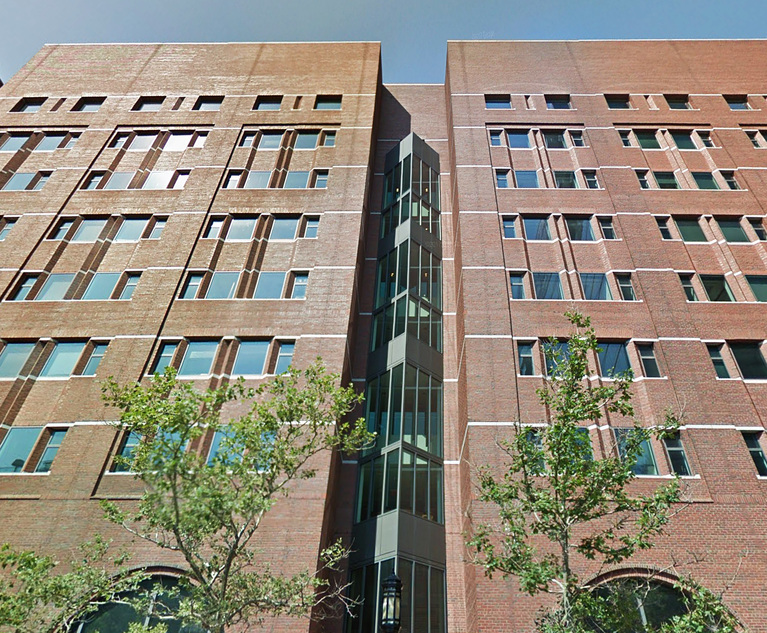Whether you’re a casual traveler or a frequent flyer, you’ve likely encountered rough air at some point in your jet setting. You know the feeling: the aircraft starts to tremble, your drink sloshes in your glass, and your stomach lurches up and down in sync with the jerking aircraft until the air becomes smooth again. Throughout aviation history, turbulence events overwhelmingly resulted in no more than mild anxiety and annoyance to passengers. But as the climate changes, commercial flights are encountering turbulent skies with markedly increased frequency. Recent severe turbulence events have caused serious injuries and deaths to passengers, generating an upswing in public interest over a natural phenomenon that is now more dangerous than ever before.
What Is Turbulence?
Put simply, turbulence is air movement upset. Atmospheric pressure systems, jet streams, cold or warm weather fronts, wind shear and thunderstorms are frequent causes of the turbulence experienced on airplanes. Much like ocean waves break on the beach, air waves break against mountains and travel upwards towards passing aircraft. Similarly, storm clouds push air away as they grow, generating waves in the atmosphere that can cause turbulence.








